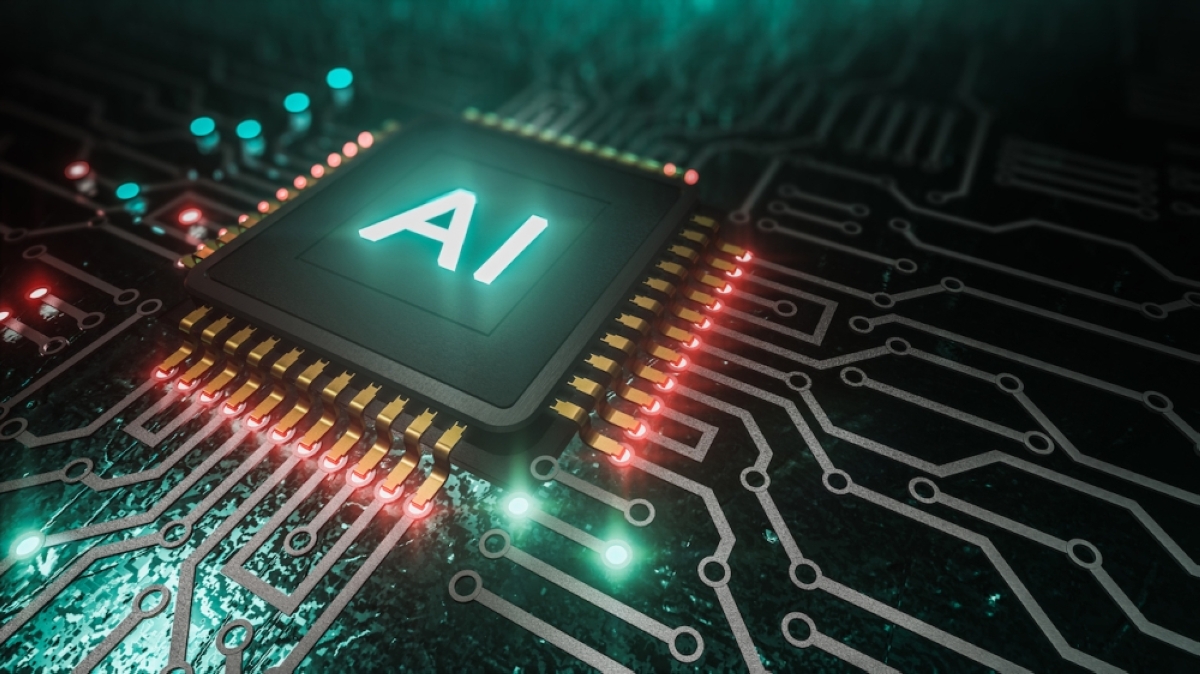With all of the worries and uncertainties surrounding the integration of Artificial Intelligence (AI) in education, it’s no wonder that some educators feel overwhelmed. However, it is crucial for teachers to understand that they need not panic. There are steps they can take and valuable resources they can utilize to navigate this new landscape.
1. Play and Experiment with AI Platforms
One effective approach is for teachers to familiarize themselves with AI platforms by using them firsthand. By plugging in their own prompts and testing the capabilities of these platforms, educators can gain a better understanding of what AI can and cannot do. This hands-on experience will enable them to make informed decisions about integrating AI into their teaching practices.
2. Understand Your Students’ Writing
Getting to know your students’ writing as intimately as possible is essential. Incorporate writing activities in the classroom, while being mindful of individual students’ limitations. Additionally, encouraging oral reports, peer collaboration, and group work can reduce the temptation for students to rely on AI for plagiarizing school assignments.
3. Utilize Formative Assessments
Formative assessments provide valuable snapshots of students’ progress over time. When evaluating prompts, adopt a student-centered approach that emphasizes emotional intelligence and personal experiences. As one teacher wisely said, “If you don’t want generic answers, don’t ask generic questions.” Furthermore, consider testing AI tools together with students, discussing their limitations, and using them as a springboard for broader discussions on ethical considerations, technological impacts, and the digital divide.
4. Engage in Critical Conversations
AI integration in education presents an opportunity to engage students in critical conversations about various topics. These discussions can include the ethics of generative AI, the implications of technological developments for those who cannot afford them, intellectual property protection, data privacy concerns, the reshaping of the job market, and the future skills students need to acquire. Assigning project-based research on AI regulations and government policies can further stimulate students’ critical thinking and problem-solving skills.
It is important to note that AI-generated content has its limitations and challenges. AI often produces long sentences written in an elevated and formal tone. It is also crucial to recognize that AI-generated content can be biased, inaccurate, and occasionally contain entirely wrong information, referred to as “hallucinations.” Educator Patricia Montecillo shares her experience using AI to write college application essays, highlighting the strengths and weaknesses of AI-generated content.
While the cautious response from educators is expected, it is important to consider the insights of experts like Houman Harouni, a lecturer on education at the Harvard Graduate School of Education. Harouni believes that embracing AI in education requires acknowledging its existence and helping the next generation navigate this reality with integrity. He emphasizes the importance of engaging students with virtual worlds and guiding them in the responsible use of AI technologies.
In conclusion, educators should approach the integration of AI in education with an open mind. By familiarizing themselves with AI platforms, understanding their students’ writing, utilizing formative assessments, and engaging in critical conversations, teachers can effectively navigate the challenges and opportunities that AI presents. Embracing AI in education can empower both educators and students to adapt to a rapidly changing world shaped by machine learning, ultimately preparing them for the future.







